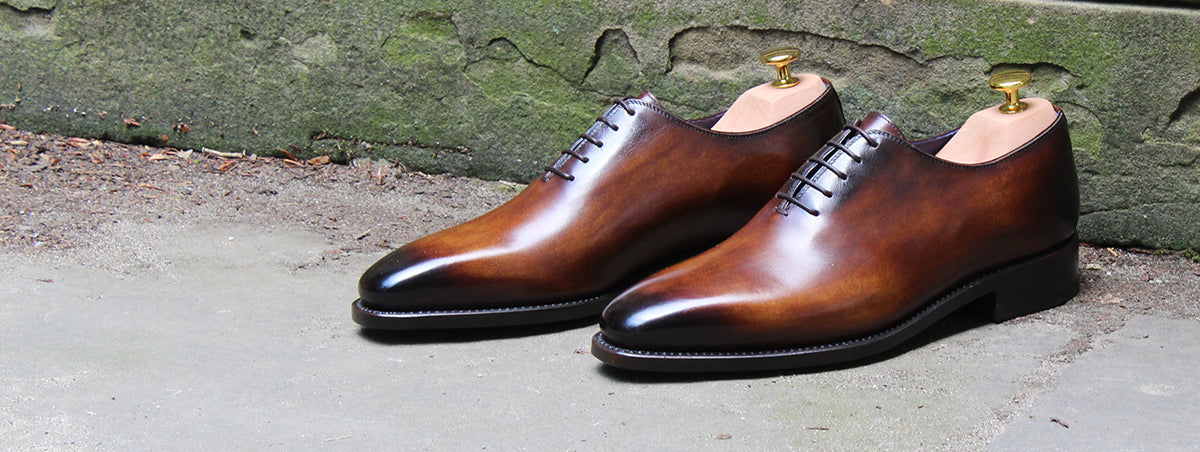
A Complete Guide to Men's Dress Shoe Styles
 *Bondeno's wholecut Oxford leather dress shoes for men
*Bondeno's wholecut Oxford leather dress shoes for men
No man’s wardrobe is complete without at least one pair of leather dress shoes. Dress shoes are an essential investment for every gentleman, and a good pair should stand the test of time. Classic styles are timeless, they go with every kind of formal suit and smart attire, and they add a touch of class to every ensemble. If you’re on the lookout for a new pair of shoes, or you’re keen to learn more about leather dress shoes, their history and the most popular styles on offer, here’s a comprehensive guide to Oxfords, Derby shoes, loafers and more.
A brief introduction to dress shoes
Dress shoes are formal shoes, which are characterized by four component parts. Although every style of dress shoe is different, men’s dress shoes feature toe, vamp, facing and quarter parts. The position and fabrication of each part are what differentiate one style from another. Dress shoes come in a diverse range of styles, and they cater for a broad spectrum of occasions and events. From formal celebrations to corporate events, you can rely on a good pair of leather dress shoes to finish your look off in style.
Types of men’s leather dress shoes
The Oxford

The Oxford shoe is an understated classic, which has been a feature of men’s wardrobes since the 1800s. This style of shoe became famous at the start of the 19th century, with many a college student, especially those attending Oxford University, opting for this particular type of dress shoe. Initially, the Oxonian shoe was similar to a half-boot cut, but it soon evolved into the shape we know and love today, as students wanted a fresher, trendier look. Oxford dress shoes feature closed lacing, which means that the facing section of the shoe is connected underneath the vamp. The Oxford shoe offers a close fit and a streamlined silhouette, which makes it ideal for smart, well-fitted suits and formal attire.
The most well-known version of the Oxford shoe is the classic cut Oxford, but there are variations, including the one-piece Oxford. This shoe is created using a single piece of leather, rather than fragments stitched together and just one seam. Some buyers may prefer the simplicity of the one-piece.
How do you wear the Oxford?
One of the most appealing aspects of the Oxford shoe is its classic, straightforward, understated design. This shoe is a celebration of fine materials, timeless design and minimalism, and this makes it an excellent option for those searching for a versatile shoe that will complement any smart outfit. The Oxford shoe can be worn for almost any occasion, including:
- Daily workwear: for offices that have a smart dress code or professions that require a polished look, the Oxford shoe is ideal. This is a shoe that will go with suits, tailored trousers and shirts and more casual options, such as chinos.
- Formal business attire: if you’re attending a meeting or a corporate event, Oxford shoes are a perfect accompaniment for all styles of suits.
- Special occasions: if you’ve been invited to a glamorous gathering, a black-tie event or a celebration with a formal dress code, you can pair Oxfords with a sharp 3-piece suit or a tuxedo.
There’s a vast range of Oxford styles available, and you can mix and match colors and different toe designs to suit the outfit and the occasion. Brown and tan shoes complement navy and gray trousers and suits, while a classic black patent Oxford is the ideal finishing touch for a sleek tuxedo. It’s also possible to use accessories, for example, brightly-colored or patterned socks, to give a less formal outfit a bit of personality.
The Derby
![]()
At first glance, the Derby is very similar to the Oxford dress shoe, but this is widely regarded as a slightly more casual option. The Derby started life as a boot used for sports and hunting in the 1850s, but by the turn of the century, it had become a staple for going out into town and enjoying social occasions. You may also come across the Derby referred to as the Gibson or the Blucher shoe.
For the untrained eye, it’s very easy to confuse the Oxford and the Derby. The shape of the shoe is similar and the differences between the two styles are actually incredibly subtle. The most significant difference is the open lacing, which means that the facing is attached on top of the vamp part of the shoe. Open lacing has a slightly different aesthetic, and it’s often recommended for those who feel more comfortable with a wider fit. The Oxford provides a snug, slim fit, while there is more room for maneuver with the Derby. The less restrictive fit is a nod to the history of the Derby and its outdoor roots. As with the Oxford, you can buy Derby shoes in a range of colors and different toe styles, including a cap toe or a wingtip.
How to wear the Derby shoe
Derby shoes are versatile, and they are suitable for a diverse range of events, as well as day to day wear. As the Derby is a more casual shoe than the Oxford, it’s best to opt for an Oxford shoe to complement formal suits and tuxedos. The Derby is best suited to smart casual dress codes, everyday business wear and occasions like weddings, birthday parties and days at the races. A slick Derby shoe can also add serious style points if you’re going out for a fancy meal or planning a night on the town. Team with slim-fit jeans, tapered check trousers or chinos for a cool, modern look.
The Brogue

The Brogue is all about attention to detail. This shoe boasts distinctive perforations, which have evolved from functional outlets for excess water to ornate decorative touches.
Brogues come in various guises, and the most popular designs are longwings and shortwings. These features have contributed to many referring to them as wingtips. You might also find broguing on other types of dress shoe, for example, the cap of an Oxford or a Derby shoe.
Wearing brogues
Brogues are suited to formal and casual attire and they go with everything from fitted suits to jeans and jackets.
The Loafer

The Loafer is an incredibly popular shoe, which never goes out of fashion. Suitable for both casual and smart dress codes, the loafer is a slip-on shoe that is easy to wear at any time of year. Loafers are inspired by moccasin shoes, and their main characteristic is the slip-on design. There are no laces, straps or buckles. You simply slide your foot in, and you’re ready to go.
The original loafer was designed in England and it served as a casual, comfortable house shoe for King George VI. It wasn’t until the loafer crossed the pond that it became the popular style we’re familiar with today. In the US, loafers became a staple of laid-back dressing in the 1930s, but in the 60s, they took on a new role. From the 60s onwards, loafers became acceptable workwear and financiers and business magnates started to sport them in the office. Today, the loafer is a hugely versatile shoe, which takes on an array of different looks. From bright colors to statement features like tassels and bits, there’s scope to add an imaginative touch to any outfit.
Loafers have a classic shape, but it’s possible to find several different types based on the finishing touches. The penny loafer is probably the most famous style, but in recent years, bit and tassel loafers have become more popular. Another feature to look out for with loafers is a raised seam, which runs along the top of the shoe over the toes. Driving shoes, a more casual form of loafer, are sofer, more malleable versions of the classic version and they usually have padded soles for enhanced comfort.
How to wear loafers
The beauty of the loafer is that serves a vast range of purposes. You can wear smart loafers with suits and business attire, or team a pair of more casual loafers with jeans, chinos or ankle-length, tailored smart trousers for a funky look for a dinner party, cocktails or a trip to the theater. In recent years, shorter trousers paired with loafers has become a really popular look, and it’s ideal for spring and summer.
The Chukka
![]()
Chukka boots have a sporting heritage, and the name comes from the seven-minute segments, or chukkas, used in games of polo. These lace-up ankle boots have a set of 2 or 3 eyelets and they’re a simple, classic style that works well with smart-casual clothing.
Chukka boots look similar to a shorter version of polo footwear, and there are also stories related to the history of the boot that talk about polo players switching to chukkas after a match to provide comfort for their feet.
Chukkas are less casual than other types of leather dress shoes, and they have a very understated design. The simplicity of the boot, with just a couple of eyelets, provides a comfortable, streamlined fit that works well with different cuts of trousers. Chukka boots also boast a round toe, subtle stitching and an open lace design. Chukkas can be made from leather or suede and they come in a range of colors. Tan, camel and brown are popular options. As well as the classic chukka, you might also come across a more relaxed version, known as the desert boot. This shoe features a distinctive rubber sole.
When to wear chukka boots
Chukka boots are much less formal than Oxford and Monk Strap shoes, and they’re ideally suited to more casual attire. Chukkas work well with jeans, chinos and cords paired with a checked shirt in the summer or a chunky jumper in the winter.
The Chelsea Boot
![]()
The Chelsea Boot originated in London in the Victoria era, and it remains a popular choice for stylish gents. Throughout history, the Chelsea boot has been adopted by all kinds of groups, from equestrians to mods and modern-day hipsters.
This boot is characterized by its low heel, round toe and an elastic loop at the back, which makes getting the shoe on and off quick and hassle-free. This design is sleek and slimline, making the shoe perfect for fitted and tailored trousers.
How to wear the Chelsea boot
Chelsea boots can be worn every day for cool casual wear or teamed with smart trousers and a shirt or blazer for more formal occasions.
The Monk Strap
The Monk Strap nestles between the Oxford and the Derby in the smartness stakes, offering a happy medium for those who want to look the part without going all-out. This style is characterized by a single or a double strap and buckle, which replaces the laces.
The Monk Strap shoe got its name from monks, who chose the style as a more protective and robust form of footwear than sandals. It terms of its fabrication, the Monk Strap shoe is similar to the Oxford, but instead of eyelets and laces, it has a strap fastening with a buckle. There are various styles available, including a single and a double strap. The strap fastening covers the majority of the front and central section of the shoe, providing a stylish, eye-catching focal point. You can buy plain leather monk strap shoes or opt for something a little quirkier like different colored shoes or leather mixed with suede, for example.
Wearing Monk Strap shoes
Monk Strap shoes come in a dazzling array of styles, and they complement all kinds of outfits and tastes. As well as being suitable for everyday wear, they can also add a unique, creative touch to plain suits or complement a retro outfit. People who opt for monk strap shoes often want to make their feet the standout feature of the ensemble.
The above styles of shoes and boots have not been buried by the dust of history, just like the traditional old shoemaking towns in Italy. They will continue to exist and our company, Bondeno, is not creating tradition but maintaining the tradition, from design to craftsmanship, from materials to stitching, only the data processing of the feet has become more scientific and technological. After all, what most men want is to have a beautiful and proper fitting pair of dress shoes.
 *Bondeno's wholecut Oxford leather dress shoes for men
*Bondeno's wholecut Oxford leather dress shoes for men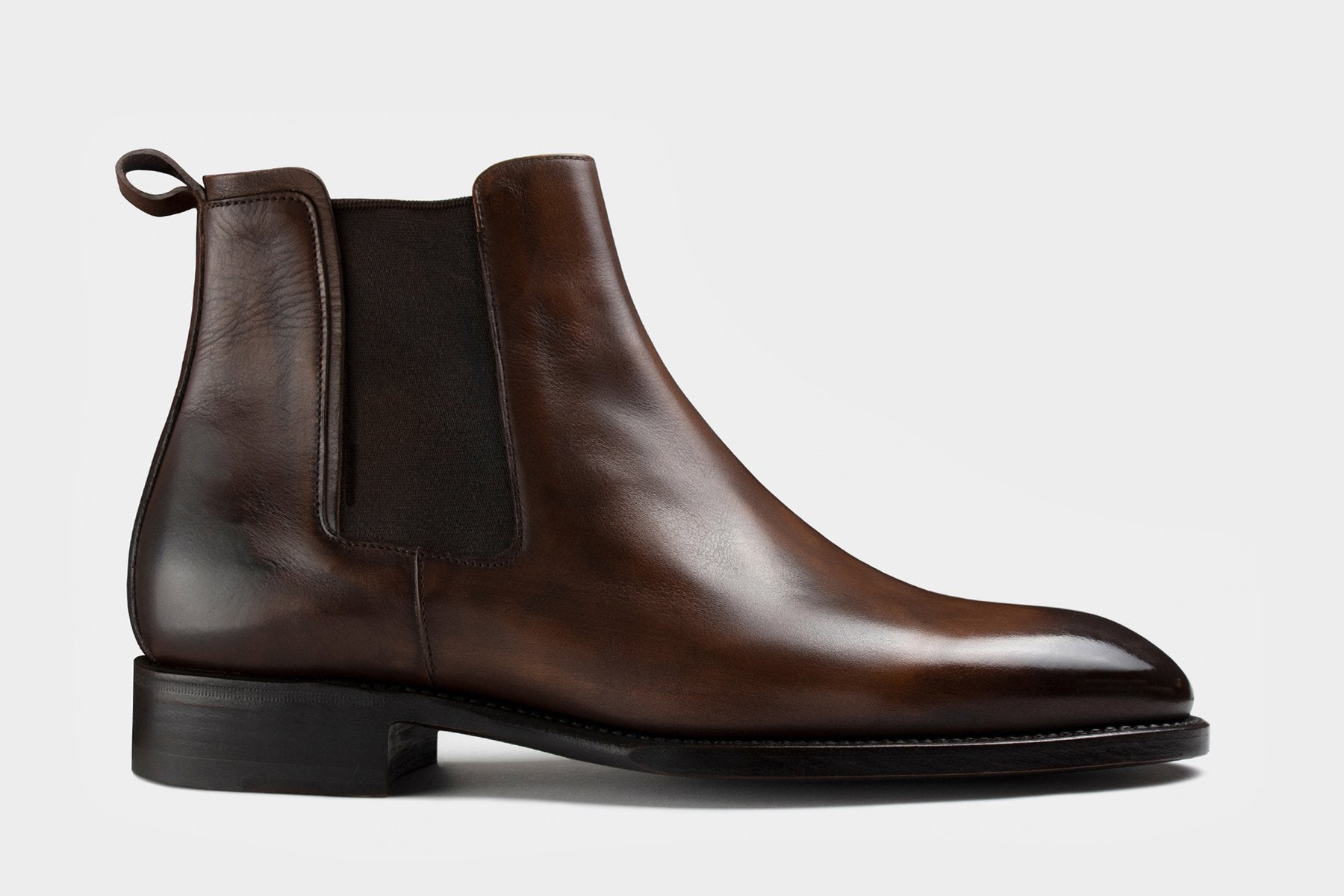
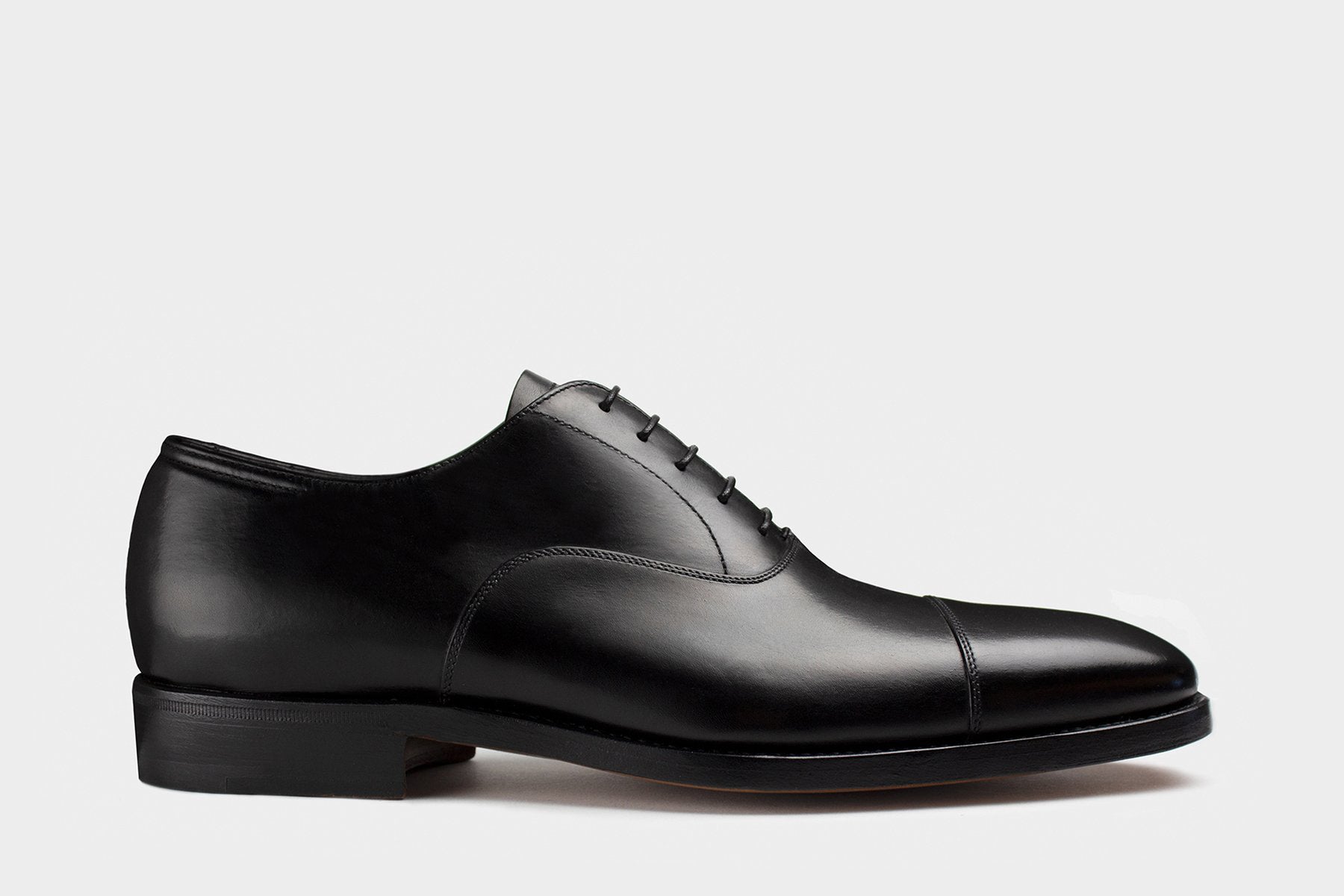
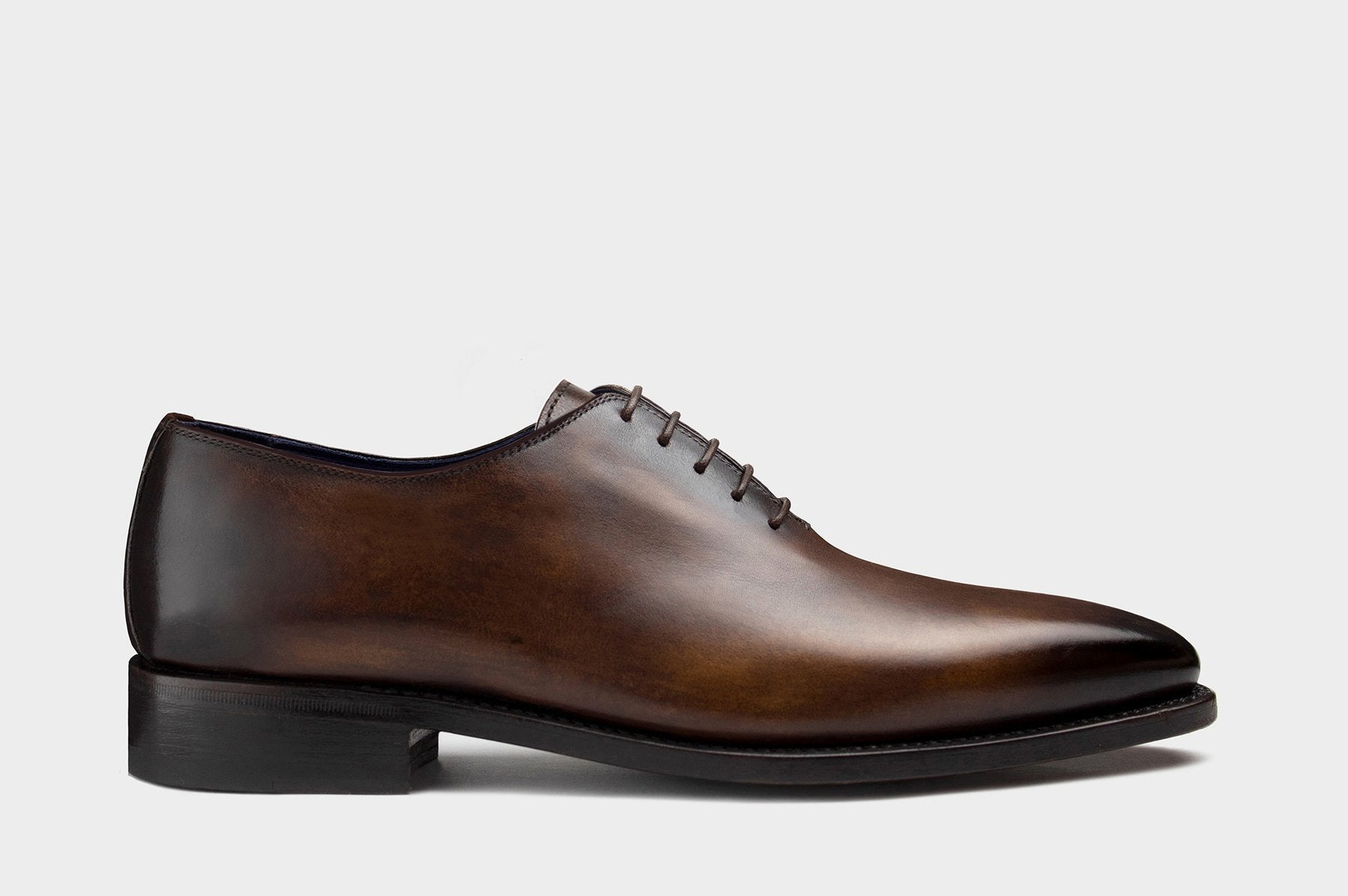
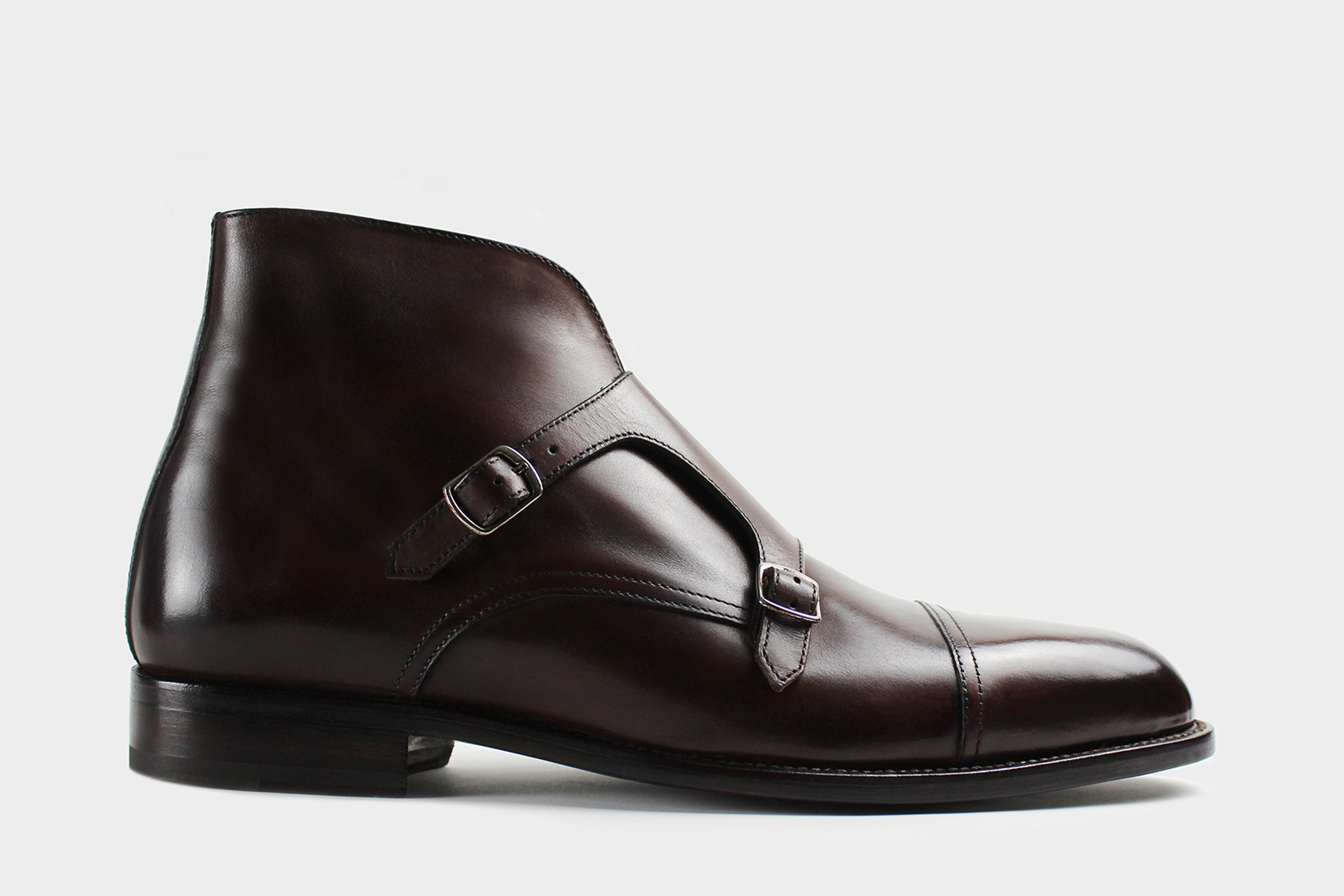
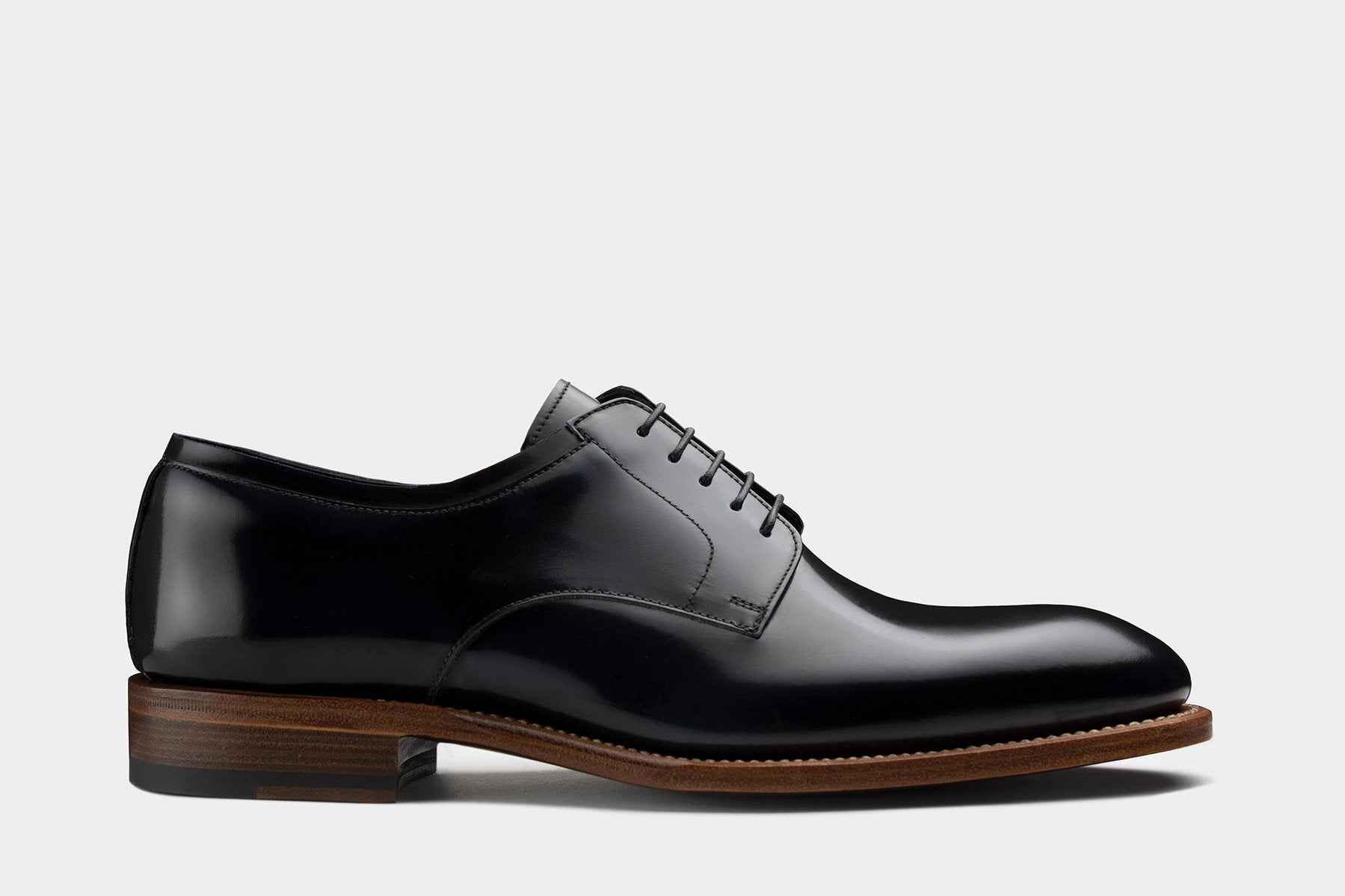
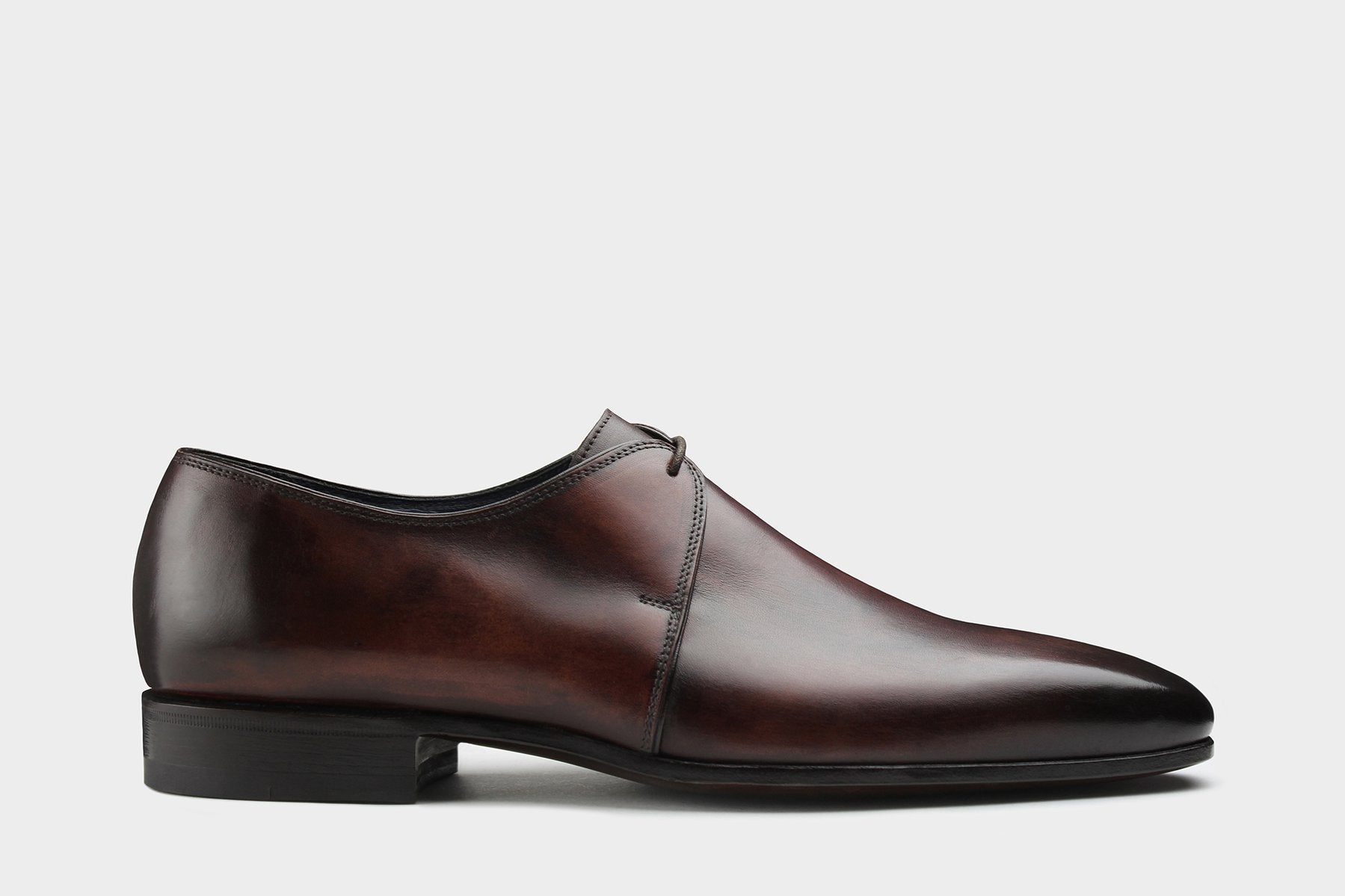
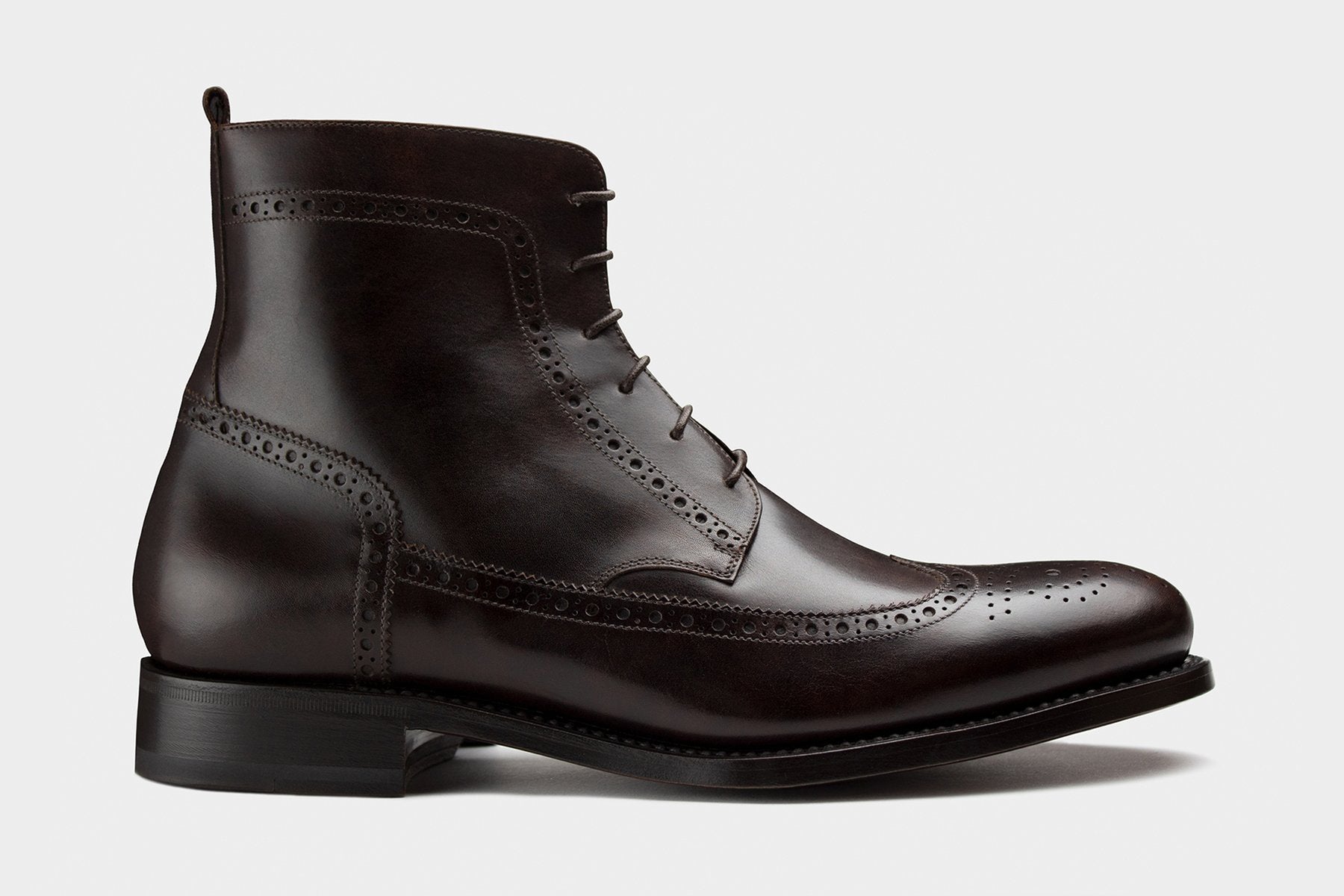
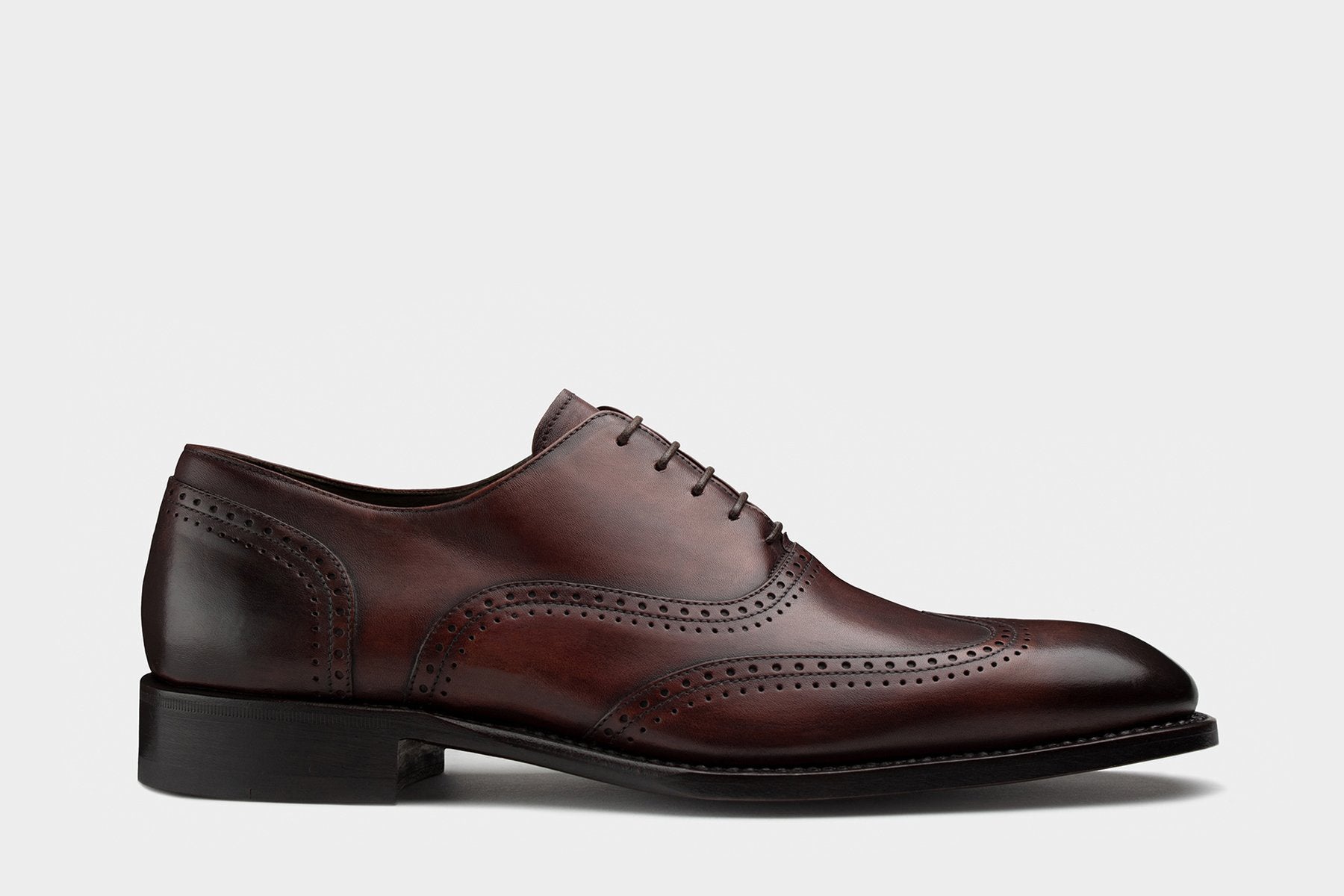
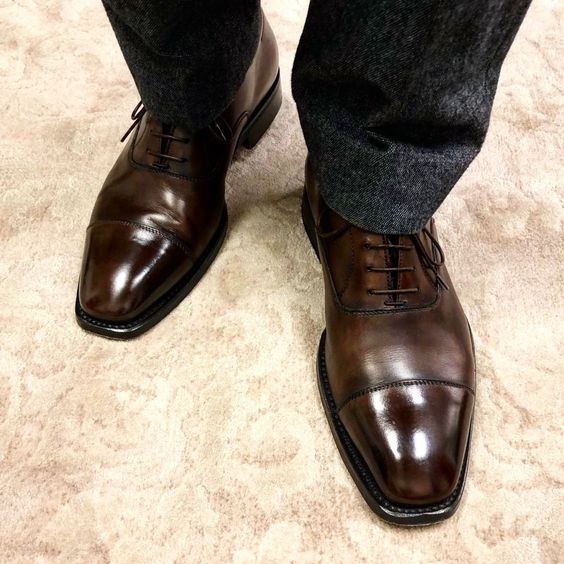
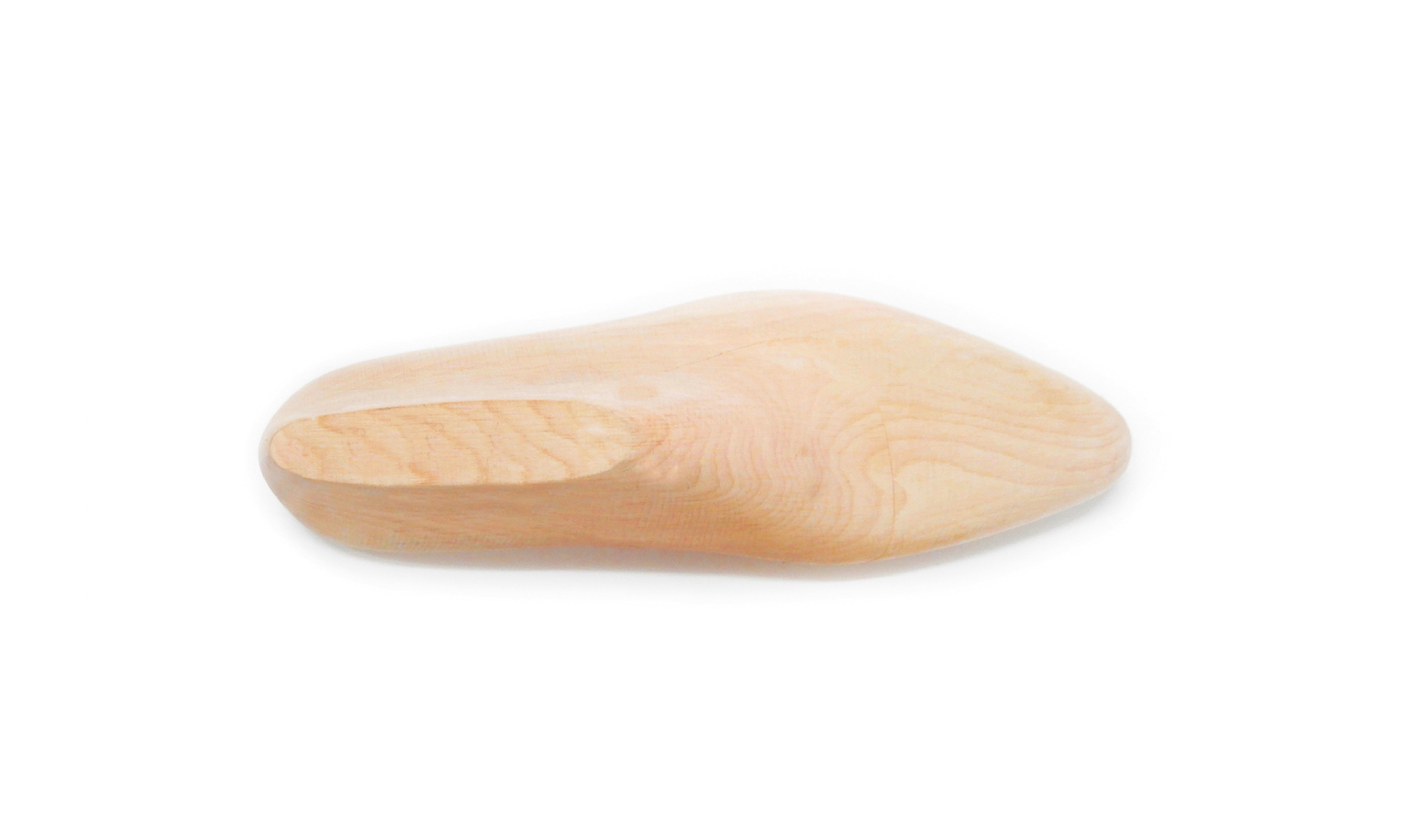
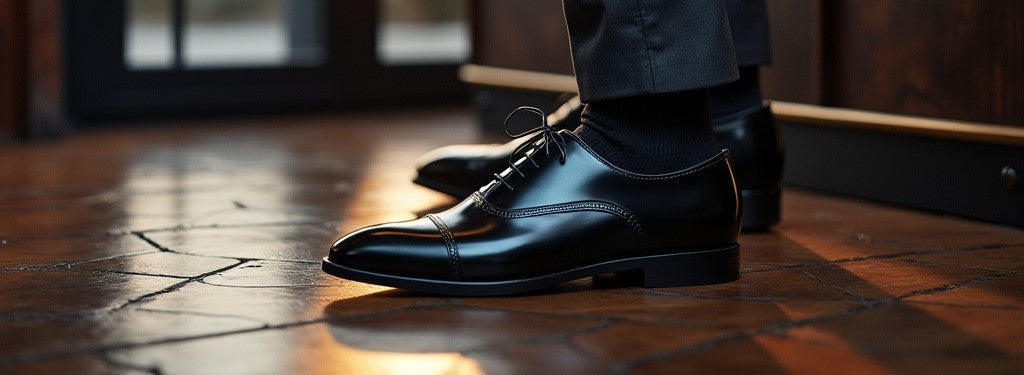
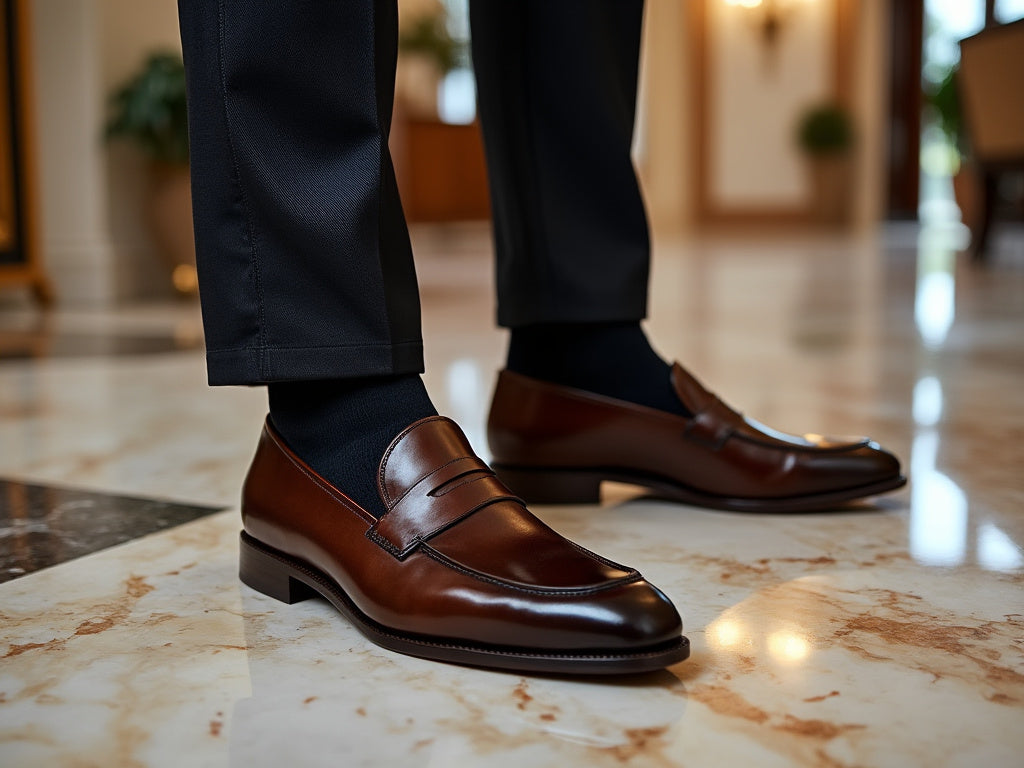
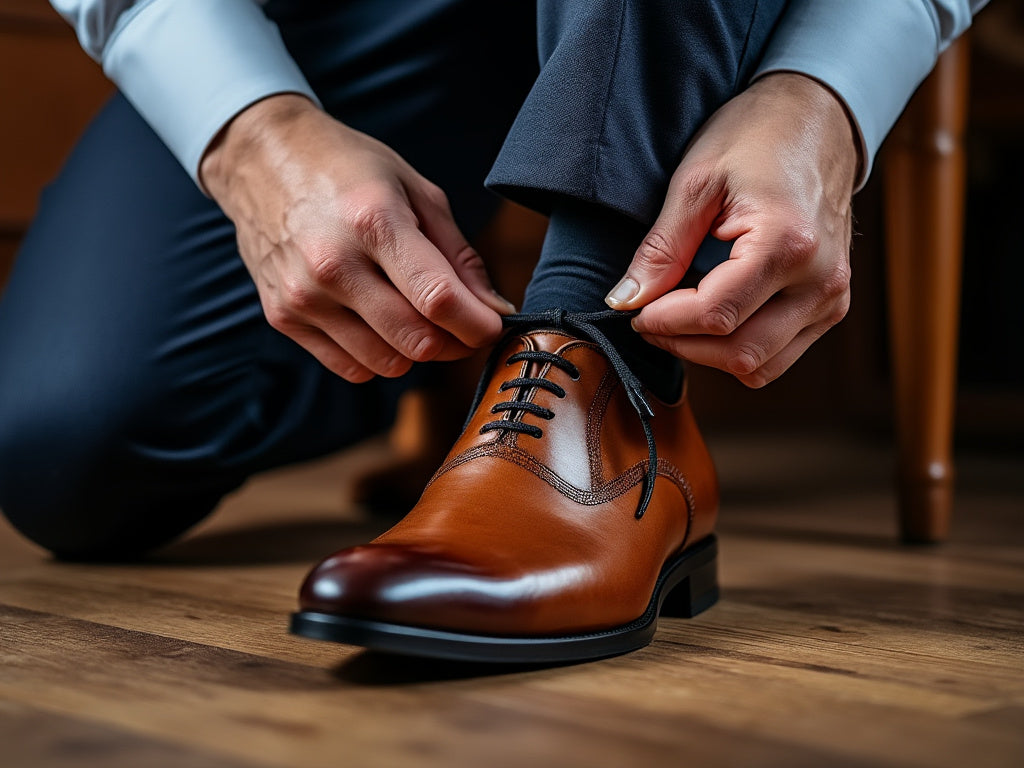
Leave a comment
This site is protected by hCaptcha and the hCaptcha Privacy Policy and Terms of Service apply.